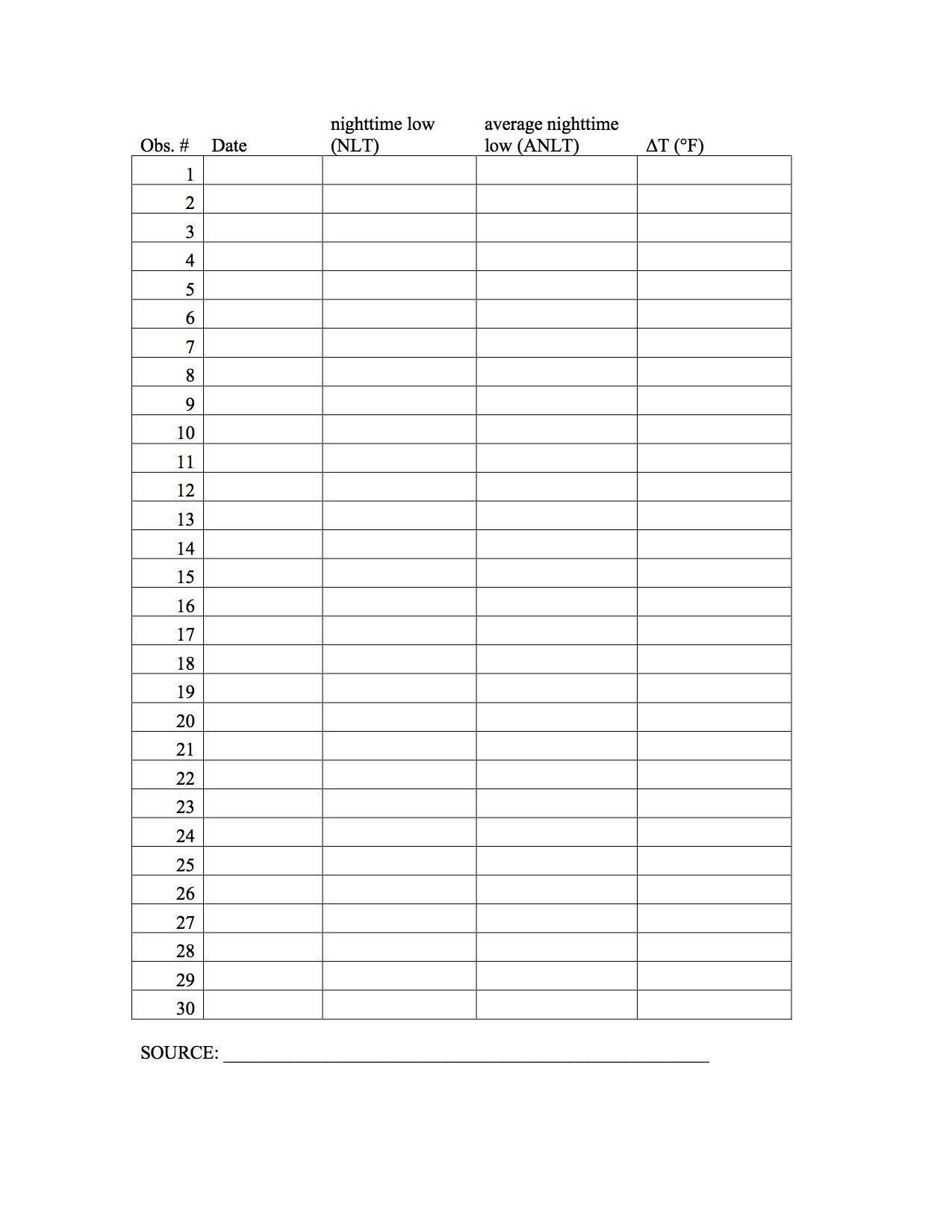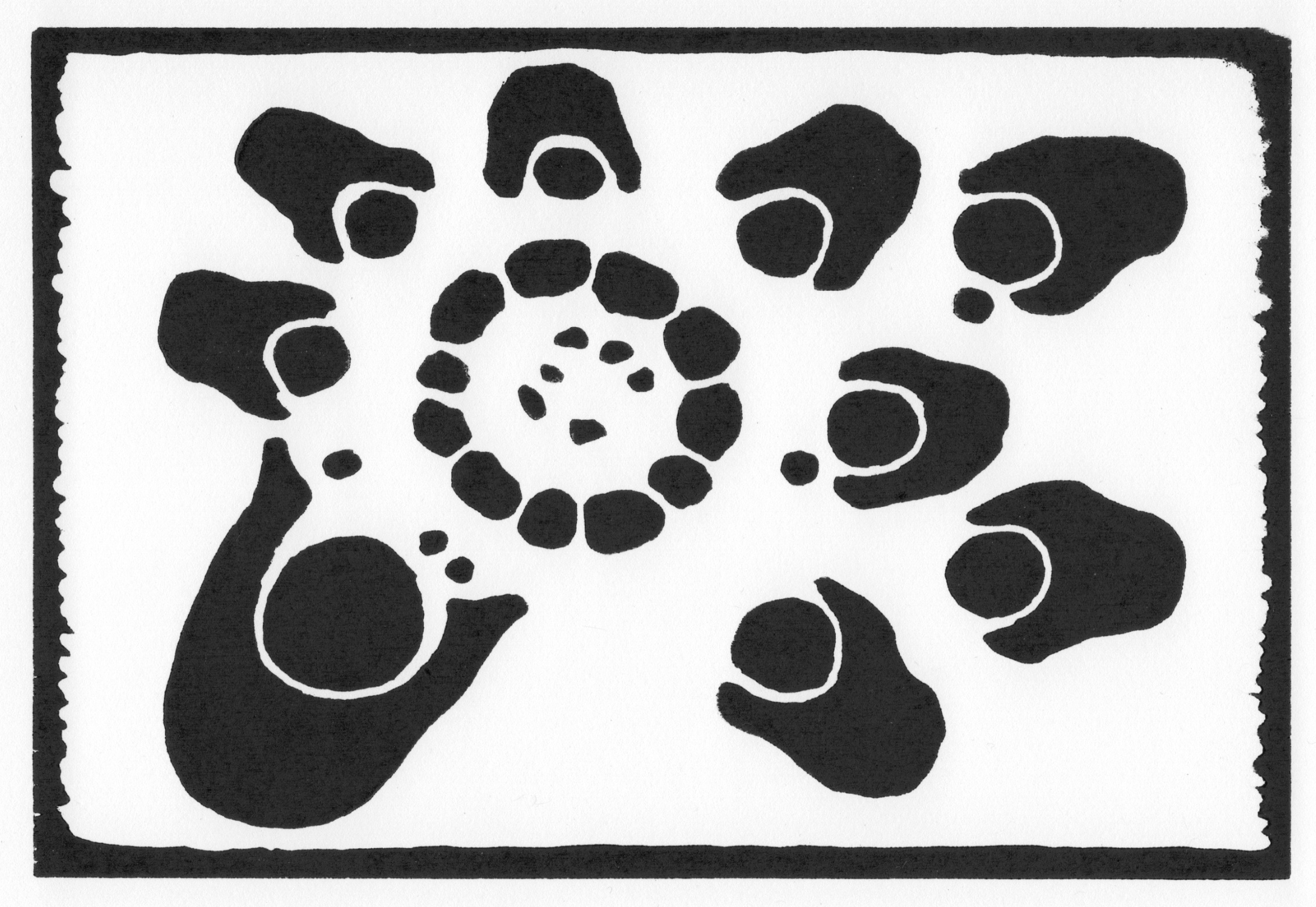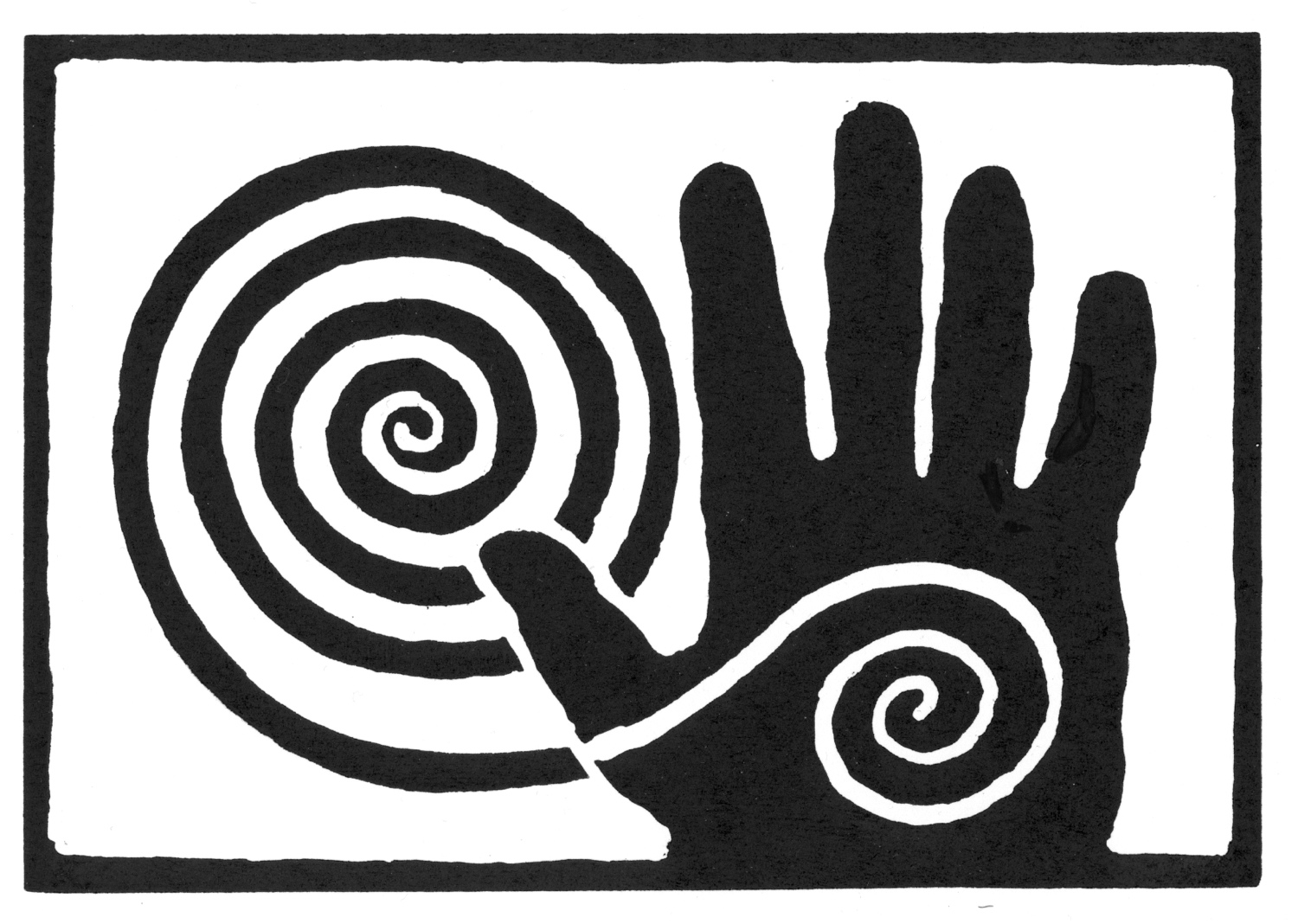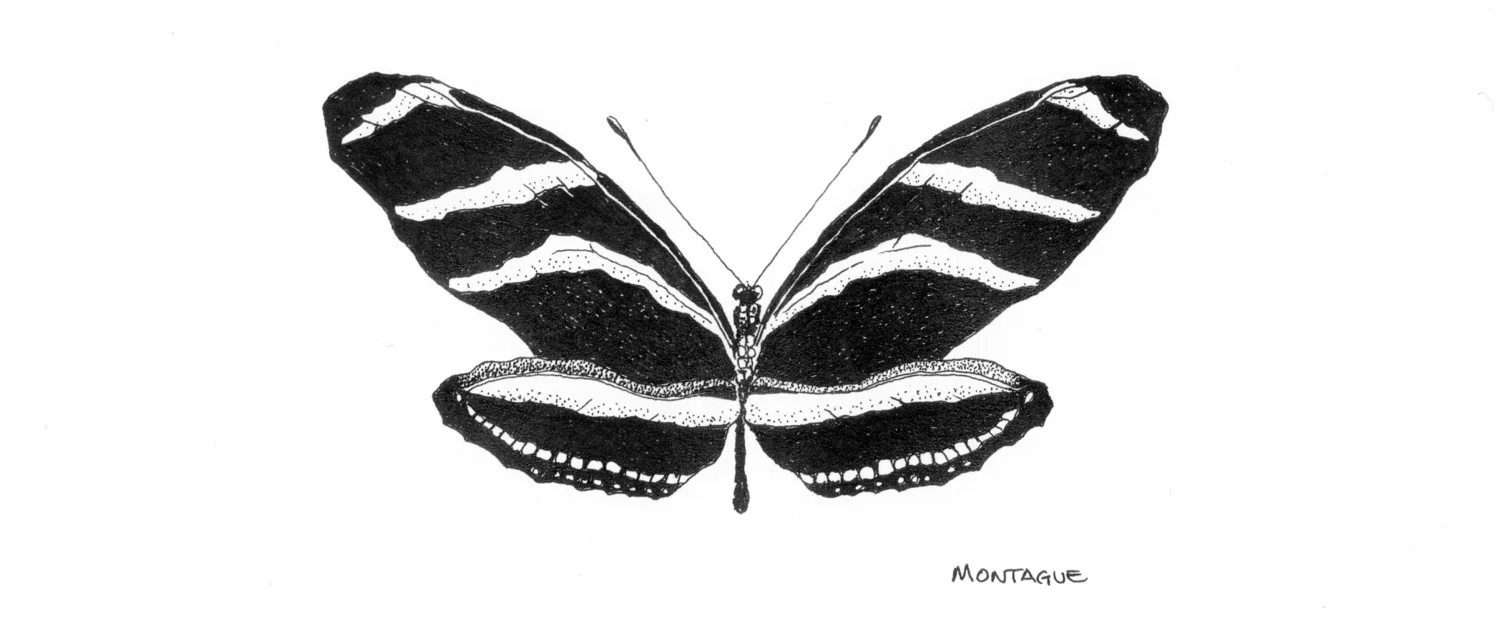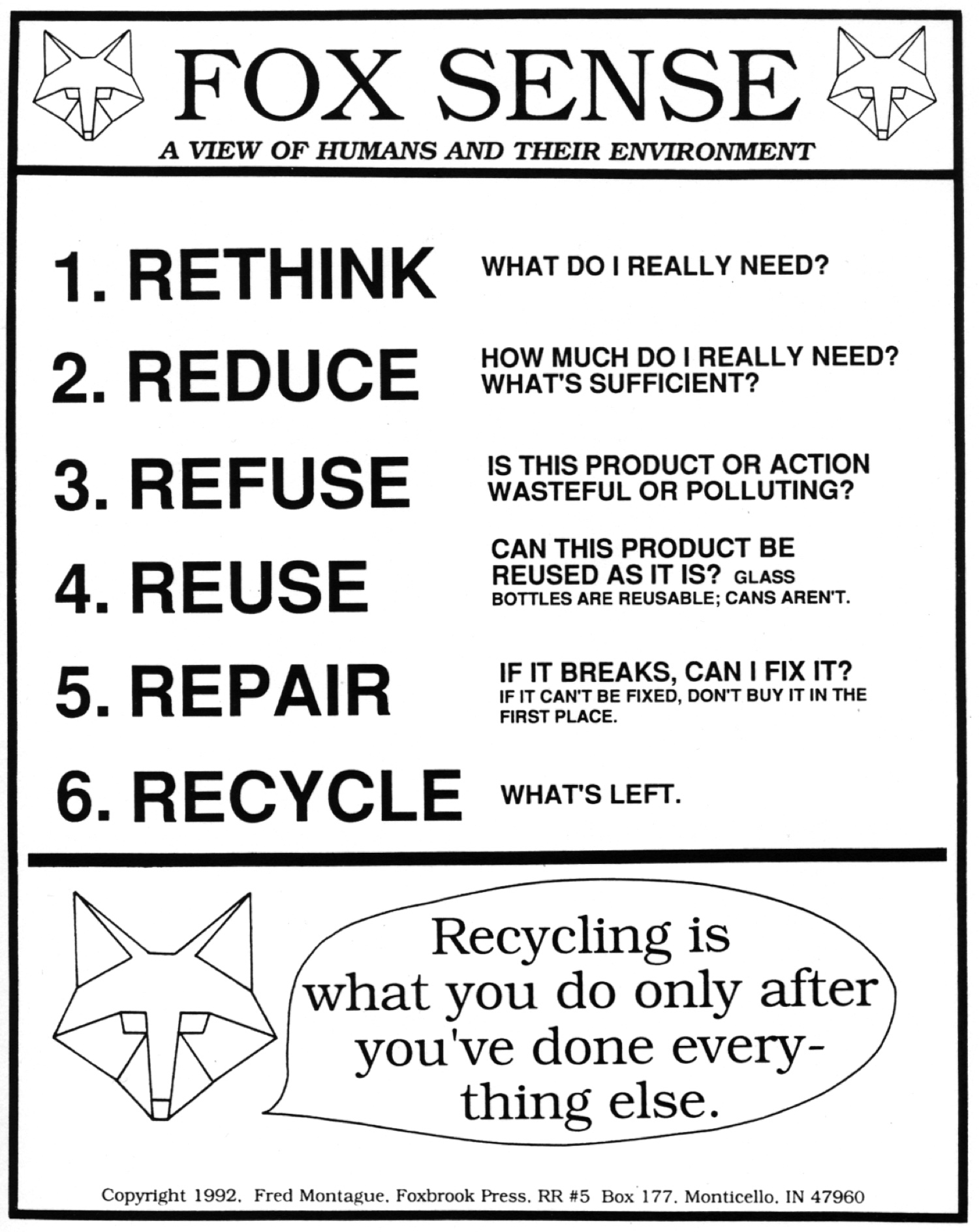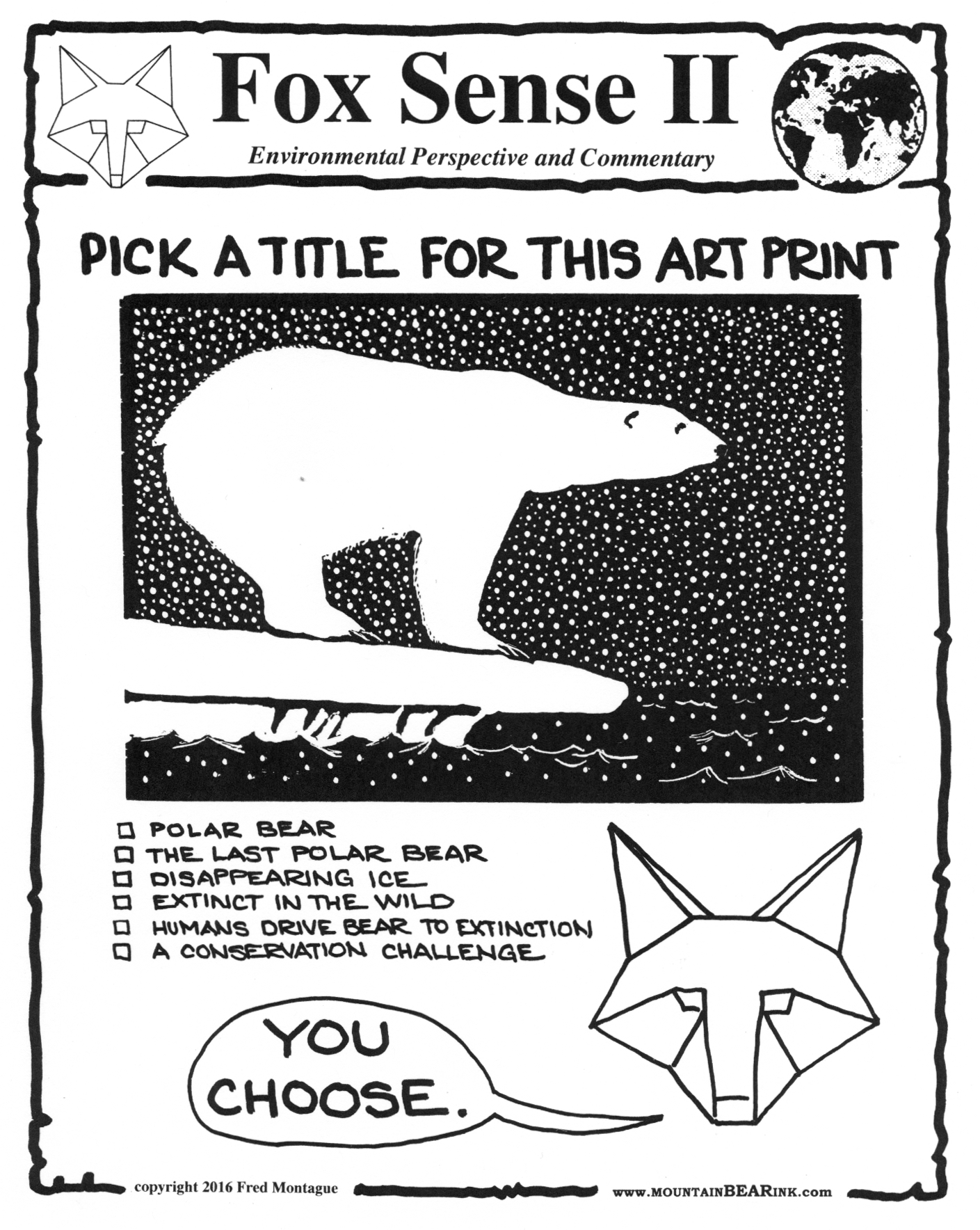This weekly blog post and its host website cover a wide variety of Fred Montague's environmental commentaries, gardening topics, and wildlife/art activities. Please browse the website and the blog archives for topics you are interested in.
This Week's Post: Climate Change and Biome Shifts
There are many reasons why global climate change poses significant challenges for humans. The pages reproduced below are from my hand-lettered textbook Wa-Maka-Skan: Fundamentals of Wildlife Ecology and Conservation.
Figure 2 on the page below ("Major Biomes of North America") shows the observed link between two major climate features, mean annual precipitation and mean annual temperature, and the occurrence of major vegetational communities.
As our industrial civilization changes the climate, the new temperature and precipitation patterns become less favorable for biomes as they are currently distributed. Climatologist Stephen Schneider says, 'biomes find themselves stranded in the wrong climate.' The existing vegetation will die, beginning on the southern and northern edges of its range, and different plant communities will begin to emerge. Even with rapid climate change, this transition will take hundreds of years in most cases.
These biome shifts have widespread consequences for agriculture, forestry, groundwater recharge, river flow, biodiversity and a host of other taken-for-granted benefits that we receive from a relatively stable Nature.
Grassland areas become warmer and drier as they shift toward desert communities. This is important for humanity since our major agricultural regions occur in grassland biomes. Shifting agriculture northward (in the northern hemisphere) as grasslands migrate north into formerly forested areas is problematic because the forest soils (that developed under forests) are less well-suited for the crops we depend on.
In ecosystems (and even in engineered systems), change is destabilizing. My generalized biome map on the second page shown below will have to be revised in the year 2500.




